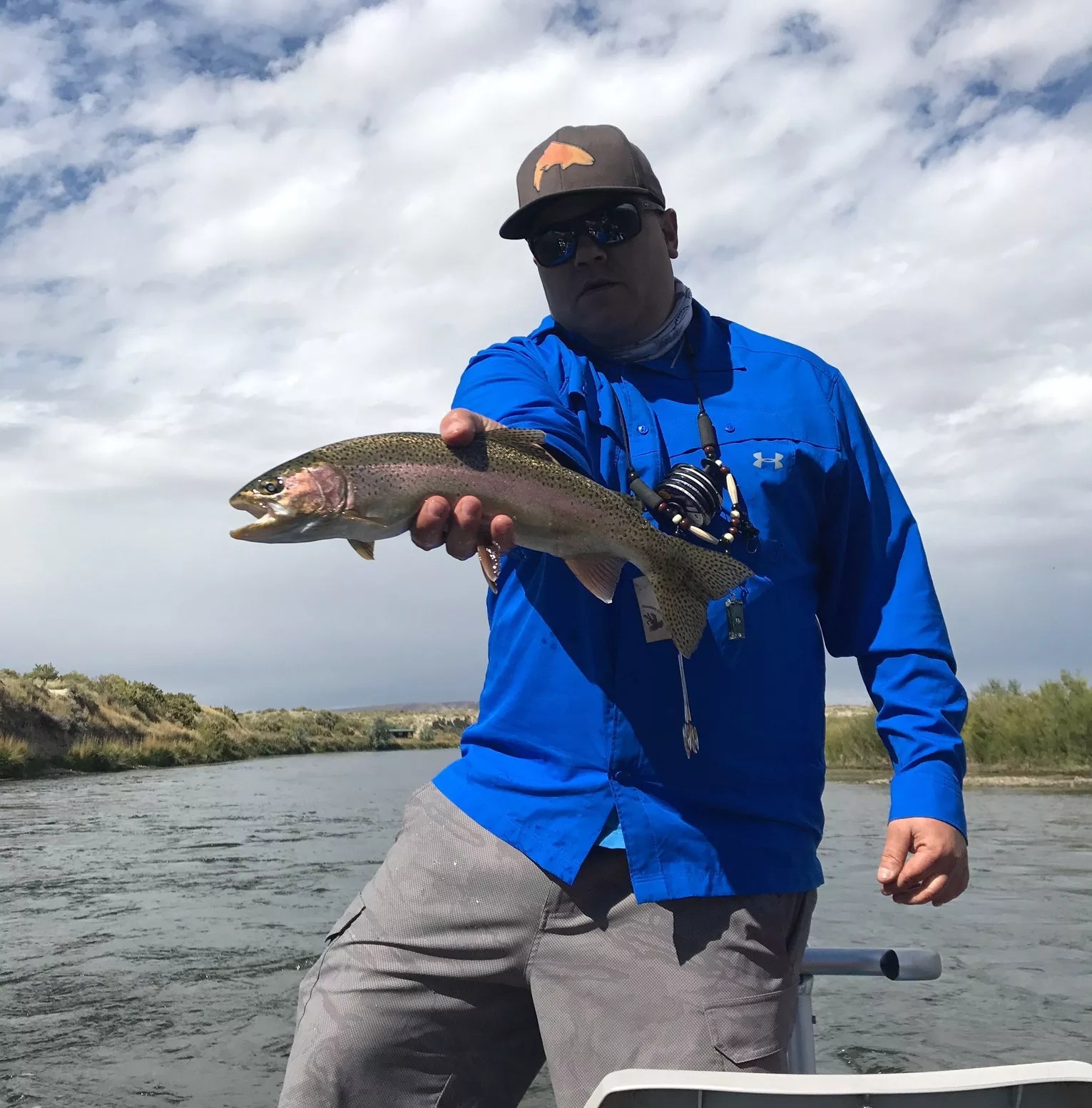
Kenzie Bruce

Audio By Carbonatix
Colorado’s cannabis history stretches much further back than November 2012, when voters approved legalizing recreational marijuana. The state’s skunky roots were planted decades earlier, when home growers and college students began creating a real Rocky Mountain High. Now, some of their sons and daughters are helping to shape the current commercial market.
Lama Brand Cannabis owner Tony Karas grew up in Evergreen, and, after graduating from Colorado State University nearly twenty years ago, slowly waded into the pot industry with his friends. Today, the avid fisherman and father runs his own cannabis supply company, Lama Brand, growing award-winning strains while still sharing laughs with the people he grew up with.
Westword: You’ve had some colorful experiences that stretch back to the early days. What was that like?
Tony Karas: I finished a marketing degree from CSU around 2000, and I had a sales agency for the ski business that was limited to winter months. So I had all this extra time, and all my buddies were still growing black-market cannabis. Around 2009, the homie growing ring got broken up when one guy went legal. He asked me to work for him, back when it was all patient-based and took medical paperwork. So we were growing in houses and flex warehouses in Highlands Ranch. The landlords would put us by the Burger King, where no one would smell us [laughs].
This was before stores had to be vertically integrated, so we were literally going up and down Broadway with Home Depot buckets full of bud, trying to sell to dispensaries. That was legal back then, as long as you had the right medical paperwork. So that progressed into working at stores. I was at Colorado Alternative Medicine for years, in the grow and at the store. It was sort of the grower’s dispensary and was synonymous with quality.
How did you speed up your learning process to go from dabbling with growing ten years ago to running your own cultivation today?
I wasn’t growing much in college, but that’s when I started smoking a lot. That was about 22 years ago, and I didn’t grow much back then, but I was around the culture and learned about quality a lot. I never really went back to smoking shitty bud after that.
Working with people like Corey Buffkin, who’s a great grower and friend from Colorado, and working at CAM both really helped. Then at Lama Brand, we’ve developed our own twist on how we’ve seen others be successful. And even that’s changed a lot since we started four year ago. We totally scrapped our hydroponic system and now run a hand-watered cocoa system. We’re really happy with the quality of those buds now.

When he’s not in the grow, you can find Karas out on the water.
Courtesy of Tony Karas
How much have you seen the state’s attitude shift toward cannabis overall since your days of bong hits before class at CSU?
We’ve seen a big flood of experts in Colorado leave for other states. I was talking about this with a friend the other day, how we don’t realize all of the things that we really know. If we were to go to other states right now, I think we’d be successful in running other programs there. It’s definitely evolved, and it’s going to be legal federally.
But we just went out for my friend’s birthday trip in Wyoming, and we weren’t allowed to have a single joint up there. Should I lose my livelihood because I went fishing and smoked a joint? That’s effed up. CBD has led some people’s attitudes toward shifting, but where I live, in Castle Rock, I still feel like a minority as a smoker.
With CBD and hemp blowing up right now, have you noticed a lot of colleagues or peers jumping into that realm?
I’ve noticed a lot more people I know getting into growing hemp and the CBD side of it. But I haven’t really noticed people totally jumping ship from cannabis to hemp. I’ve seen a lot of people adding hemp and CBD to their business plans and doing it together, but not a lot of leaving this space completely.
I think it’s about having a combination of cannabinoids, too. CBD is great, but it’s not an end-all, cure-all for everything. Combining CBD with THC and other cannabinoids is where I think you get the most benefits.
A lot of companies out there claim their new and improved growing techniques and technology can increase yields or potency dramatically. How fast is the growing industry really evolving, and how realistic is it for a business owner to keep up with it?
The hot thing right now is LED lights. I’ve run some tests on them, and I was happy with the plant results, but the price of LED lights is high. You’re talking ten to twelve times the price of a normal lighting fixture. Some of these LEDs are up to $2,000 for a unit, so when does that cost savings catch up? Of course, I want to use less power and be as sustainable as possible – industrial hemp recycling comes in to ship out all of our stem and leaf material for recycling – but honestly, growing cannabis takes a lot of energy and material. It’s something that is hard to be sustainable with on a commercial level.
There are other ceramic lighting technologies that are hot in the industry, and they work, too. We have a flowering room that only uses ceramic metal halide lighting, and the resin and buds come out a lot different from the high-pressure sodium lighting rooms. They’re both good, but they just come out different.